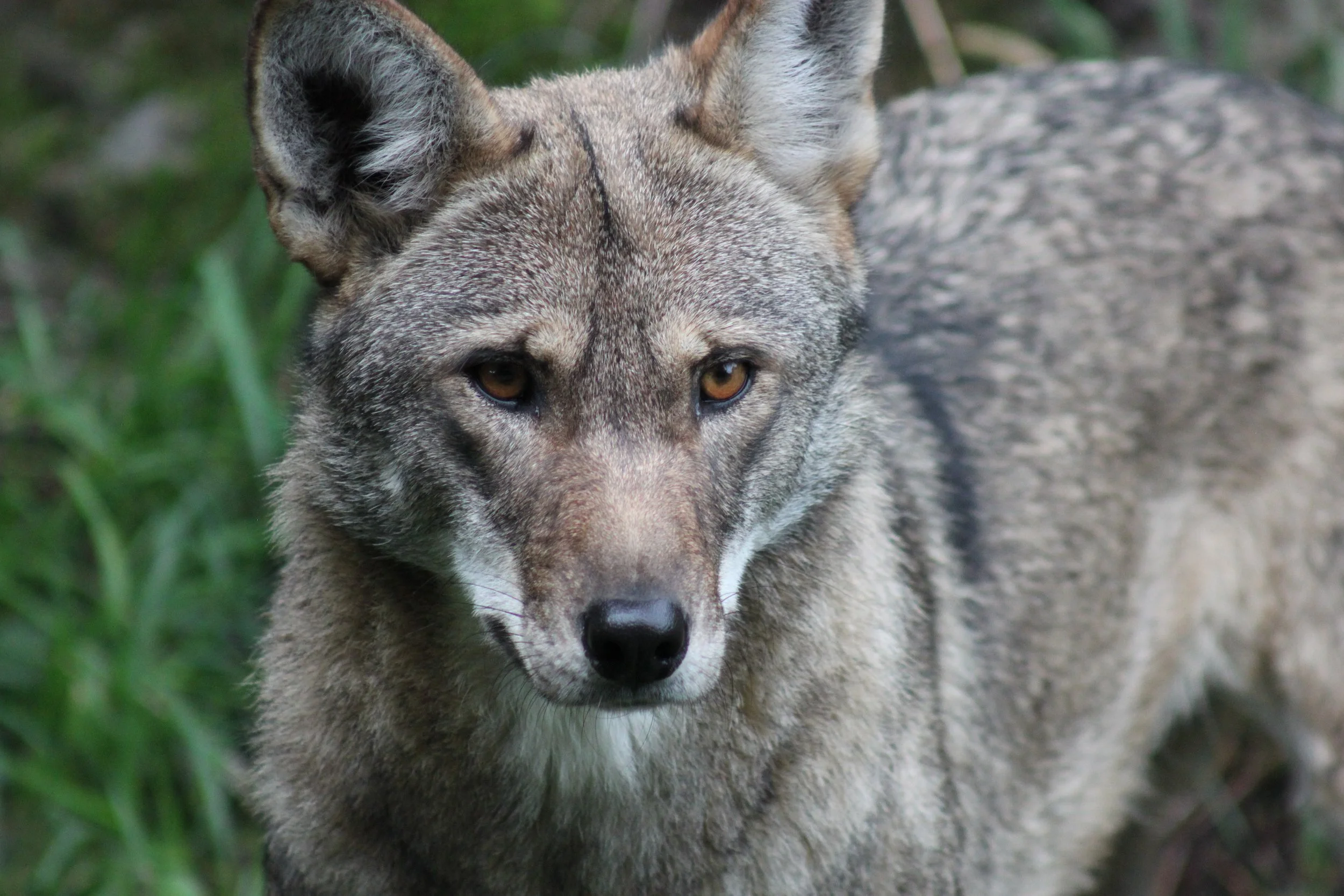
Searching
The coyote, an iconic symbol of the American wilderness, embodies both adaptability and cunning. These creatures thrive in diverse environments, from deserts to urban areas, demonstrating their remarkable ability to coexist with humans while preserving their wild instincts.
Characterized by their slender, agile bodies and bushy tails, coyotes possess a striking coat, typically a mix of gray, brown, and tan, which serves as excellent camouflage in their natural habitats. Their keen senses of hearing and smell allow them to hunt effectively, often using a combination of vocalizations to communicate with others in their pack.
Coyotes play a critical role in maintaining ecological balance, often preying on small mammals, which helps control rodent populations. However, their presence also raises questions about human-wildlife interaction, as urban expansion encroaches on their territories. This has led to a growing awareness of their role in the ecosystem and the importance of preserving their habitats.
By understanding the coyote’s behavior and habitat, we can foster a greater appreciation for this remarkable species and its contributions to the environment. As a symbol of resilience, the coyote reminds us of the intricate relationships that exist within nature, urging us to protect and respect the wild spaces that sustain both wildlife and humans.
Searching
The coyote, an iconic symbol of the American wilderness, embodies both adaptability and cunning. These creatures thrive in diverse environments, from deserts to urban areas, demonstrating their remarkable ability to coexist with humans while preserving their wild instincts.
Characterized by their slender, agile bodies and bushy tails, coyotes possess a striking coat, typically a mix of gray, brown, and tan, which serves as excellent camouflage in their natural habitats. Their keen senses of hearing and smell allow them to hunt effectively, often using a combination of vocalizations to communicate with others in their pack.
Coyotes play a critical role in maintaining ecological balance, often preying on small mammals, which helps control rodent populations. However, their presence also raises questions about human-wildlife interaction, as urban expansion encroaches on their territories. This has led to a growing awareness of their role in the ecosystem and the importance of preserving their habitats.
By understanding the coyote’s behavior and habitat, we can foster a greater appreciation for this remarkable species and its contributions to the environment. As a symbol of resilience, the coyote reminds us of the intricate relationships that exist within nature, urging us to protect and respect the wild spaces that sustain both wildlife and humans.